If you work in logistics or trucking, you’ve probably heard the term “bobtail.” But what exactly does it mean? In simple terms, a bobtail truck is a semi-truck without a trailer attached. This usually happens when a driver is either on the way to pick up a load or has just dropped one off. While bobtailing might seem harmless, it actually comes with its own set of challenges, especially when it comes to handling and safety on the road.
In this article, you’ll learn what bobtailing is, why it’s necessary in logistics, and how it affects truck drivers and businesses. We’ll also cover the risks involved and how companies manage them. Whether you’re a driver, a fleet manager, or just curious about how the trucking industry works, this guide will give you a clear understanding of bobtailing and its role in logistics.
What is Bobtailing?
Bobtailing refers to the act of driving a semi-truck without a trailer. The term “bobtail” is believed to have originated from the way some animals, like cats or dogs, have short or “bobbed” tails, drawing a comparison to a truck missing its trailer. Unlike a fully loaded truck, a bobtail truck has no cargo, which affects its weight distribution and handling.
This situation is common when a driver is moving between loads, heading back to a terminal, or repositioning for their next assignment. While it may seem like a routine occurrence, bobtailing requires extra caution due to changes in the truck’s braking and stability.
Why Do Trucks Bobtail?
Trucks operate without trailers for several reasons, including:
- Returning After a Delivery: After dropping off a load, drivers may need to return to their home base or another location without a trailer.
- Heading to a Pickup Location: A trucker might need to drive a bobtail to pick up their next load.
- Operational Flexibility: Sometimes, companies schedule bobtail movements to balance their fleet distribution or reposition trucks efficiently.
Is Bobtailing Dangerous?
Yes, it can be. A semi-truck is designed to carry heavy loads, and when it’s bobtailing, the weight shifts toward the front axle. This shift in weight distribution makes braking and steering more difficult, especially in wet, icy, or uneven road conditions. Since the truck lacks the weight of a trailer to stabilize the rear axles, it becomes more prone to skidding, particularly when making sudden stops or turns.
Additionally, the lighter rear end results in reduced traction, making the truck harder to control in slippery conditions. Drivers need to be extra cautious, as bobtailing increases stopping distances and requires different handling techniques compared to a fully loaded truck.
What is Power-Only Trucking?
Power-only trucking is a logistics service where a trucking company provides just the tractor and driver, while the shipper or third-party logistics provider (3PL) supplies the trailer. This approach allows companies to move freight without needing to own and maintain a fleet of trucks.
Power-only trucking is a flexible solution often used by businesses that lease or own trailers but don’t have enough drivers or tractors to haul them. It’s commonly used by 3PLs to coordinate freight movement more efficiently. By leveraging power-only trucking, shippers can access a vast network of independent trucking companies, ensuring timely deliveries without investing in their own truck fleet.
Advantages of Power-Only Trucking
Power-only trucking provides several benefits for logistics operations, especially for companies relying on 3PL services:
- Cost Savings: Businesses save money by not having to purchase and maintain their own fleet of tractors.
- Increased Flexibility: Companies can scale their shipping operations up or down depending on demand.
- Efficient Freight Movement: Shippers can move goods quickly by hiring available trucks instead of waiting for in-house resources.
- Better Utilization of Assets: Trailers can be loaded in advance and simply hooked to a tractor, reducing downtime and increasing efficiency.
- Ideal for 3PL Providers: Third-party logistics providers benefit from power-only trucking by coordinating freight transport across multiple carriers without needing to invest in equipment.
Looking to streamline your freight movement and warehousing operations? Intoglo offers end-to-end logistics solutions, combining with 3PL warehousing across the U.S. to optimize your supply chain. Whether you need strategically located storage, or seamless freight forwarding from India to the USA, we’ve got you covered.
Here’s how 3PL warehousing streamline the logistics:
- Minimized Downtime: With pre-loaded trailers at 3PL warehouses, carriers can pick up loads and move them immediately, reducing idle time.
- Flexible Supply Chain: Businesses using 3PL warehousing can store inventory closer to end customers and leverage power-only trucking for last-mile or regional deliveries.
- Optimized Cost Savings: Instead of keeping a dedicated fleet, companies can rely on power-only trucking for transportation and 3PL warehouses for inventory management, cutting operational costs.
Intoglo offers 50+ warehouses in the USA dedicated for long-term storage, in addition to transloading facilities, repacking & relabeling.
Get in touch with us today to streamline your shipping operations.
Risks and Challenges with Bobtail Trucks
Bobtail trucks, which are trucks without a trailer, present several risks and challenges, particularly in terms of safety, stability, and operational efficiency. Here are some of the primary risks and challenges associated with bobtail trucks:
1. Stability and Handling Issues
- Reduced Stability: Without a trailer to balance the load, bobtail trucks can be less stable than fully loaded or tractor-trailer trucks. The lack of weight over the rear axles can make them more prone to swaying, especially when driving at higher speeds or in windy conditions.
- Jackknifing Risk: Bobtail trucks are more susceptible to jackknifing during sudden braking or loss of traction, particularly on slippery roads.
2. Brake Performance
- Longer Stopping Distance: Bobtail trucks, especially when unladen, may take longer to stop than when they are hauling a trailer with a load. This is due to the lighter weight, which reduces the effectiveness of the brakes and makes stopping more difficult in emergency situations.
- Brake Overheating: When bobtail trucks carry heavy loads, they can place more stress on the braking system, leading to overheating and potential brake failure.
3. Turning and Maneuvering
- Tight Turns: Bobtail trucks have a shorter wheelbase compared to a fully loaded tractor-trailer. This can make tight turns more difficult to navigate, especially in urban or congested areas. Sharp turns can result in the rear of the truck swinging out and striking obstacles or other vehicles.
- Limited Visibility: The lack of a trailer may reduce the driver’s ability to judge distances when turning or maneuvering, increasing the risk of accidents.
4. Payload Limitations
- Limited Load Capacity: Bobtail trucks have limited payload capacity as they cannot carry as much weight as trucks with trailers. This can impact efficiency and profitability for trucking companies or individual operators.
5. Legal and Regulatory Compliance
- Weight Regulations: In certain regions, bobtail trucks may not be subject to the same weight regulations as trucks with trailers, but they still need to comply with local laws regarding size, weight, and road usage. These regulations can sometimes change, creating challenges for operators who are not familiar with regional laws.
- Permitting Issues: Depending on the route, certain roads or highways may require specific permits for bobtail trucks, especially when they are hauling oversized loads or navigating areas with weight restrictions.
Also Read: Differences Between Shipping Line and Freight Forwarder Explored
Deadheading vs. Bobtailing
Here is a comparison between Deadheading and Bobtailing:
| Aspect | Deadheading | Bobtailing |
| Definition | Driving a truck with an empty trailer, without any cargo. | Driving a truck without a trailer (only the tractor). |
| Load | The truck is empty but still pulling a trailer. | The truck is empty and not connected to a trailer. |
| Purpose | Often occurs when returning from a delivery or after unloading. | Usually happens when the truck is being relocated or used for short-haul jobs without a trailer. |
| Fuel Efficiency | Can be less fuel-efficient due to the weight of the empty trailer. | May have lower fuel efficiency compared to a full load because it’s typically lighter. |
| Risk of Accidents | Less stable, as the trailer may sway without cargo. | More prone to instability due to lack of weight on the rear axles. |
| Impact on Maneuverability | Easier to maneuver due to the presence of a trailer. | More difficult to handle, especially in tight turns and when navigating at high speeds. |
| Brake Performance | Braking might be more difficult due to the trailer’s weight. | Brakes can be less effective, especially with an unladen truck. |
| Wear and Tear | More wear on tires and suspension due to carrying an empty trailer. | More concentrated wear on the truck’s rear axles and tires. |
| Legal Considerations | Must comply with regulations for weight and trailer size. | Subject to different regulations, such as weight limits for bobtail trucks. |
| Common Use Case | Occurs when a truck has delivered goods and is returning for another load. | Occurs when a truck is used without a trailer, such as for short-haul work or repositioning. |
| Driver Experience | May require slightly less skill compared to bobtailing due to the presence of a trailer. | Requires a driver to be skilled at handling the truck without the support of a trailer. |
Dimensions and Weight Distribution of a Bobtail Truck
When discussing the key characteristics of a bobtail truck, it’s important to consider its dimensions, weight distribution, and capacity for safe operation and compliance with regulations.
1. Dimensions
A typical bobtail truck has the following dimensions:
- Length: 24 feet (7.3 meters) — This length is ideal for various uses, from local deliveries to short-haul transportation.
- Height: 13 feet 4 inches (4.06 meters) — This height accommodates standard configurations but may vary slightly depending on specific truck types, like refrigerated or flatbed models.
- Width: 96 inches (8 feet) — The width of the truck conforms to the common road standards for commercial vehicles, ensuring it remains compliant with legal width limits.
2. Weight Distribution and Capacity
The weight distribution of a bobtail truck is critical for maintaining stability and performance. Typically, the truck can handle a weight of up to 20,000 pounds (9,072 kg) when fully loaded, though the actual weight will vary based on the type of cargo or specific truck configuration.
- Unladen Weight: The unladen weight of the truck itself (without cargo or trailer) typically ranges between 10,000 to 15,000 pounds (4,500 to 6,800 kg) depending on the truck’s size and components.
- Load Capacity: A bobtail truck can carry a maximum payload of up to 20,000 pounds (9,072 kg), though this is generally subject to local laws and road regulations that govern vehicle weights.
3. Weight Allocation Across Axles
The weight of a bobtail truck is distributed across its axles, which helps to maintain balance and ensure that the vehicle can handle heavy loads efficiently.
- Axle Configuration: Most bobtail trucks are equipped with either two or three axles. A common configuration includes a single front axle and one or two rear axles, depending on the truck’s design and purpose.
- Weight Distribution: In a typical configuration, the front axle carries about 5,000 to 7,000 pounds, while the rear axles bear the remaining load, often distributing up to 13,000 pounds depending on the truck’s design and the cargo. This helps to maintain proper balance and minimizes the risk of excessive wear on any single axle.
The allocation of weight across these axles is important not only for vehicle stability but also for ensuring that the truck stays within legal weight limits, reducing the risk of fines or operational issues.
| Disclaimer: The weight and dimensions provided are general guidelines and may not apply universally to all bobtail trucks. Some vehicles may be lighter or heavier depending on their specific design, size, and intended use. Always refer to the manufacturer’s specifications and local regulations for accurate details. |
Conclusion
In conclusion, a bobtail truck is a versatile and essential vehicle in the logistics industry, offering efficiency for short-haul deliveries and flexibility in tight spaces. Understanding its dimensions, weight capacity, and handling characteristics ensures safe and cost-effective operations. However, it’s important to address challenges such as stability and weight distribution when utilizing these trucks.
For a streamlined door-to-door logistics experience from India to the USA, consider Intoglo. Here are some key features that make us your ideal partner:
- Glotrack Tracking Module: Track every step of your shipment, from pickup to delivery, and receive WhatsApp updates.
- Diverse Client Experience: Serving over 200 clients, including MSMEs, D2C brands, and large enterprises, with tailored solutions for every need.
- In-House Compliance and Pre-Screening: Ensure hassle-free customs clearance with our thorough pre-screening process.
- Insurance Options: Marine/cargo insurance available upon request for added protection.
- Customs Bond Services: We provide customs bond services specifically for USA exporters.
- U.S. Time Zone Communication: Dedicated team working in the USA time zone for smooth communication with U.S.-based consignees.
- AI-Based HTS Code Scanner: Use our AI-powered scanner to easily identify HS codes for your items.
- Experience Across Product Categories: Seamless customs clearance for products in various categories like food, automotive parts, and beauty & wellness.
Reach out to Intoglo today to experience seamless logistics and reliable shipping solutions for your business!


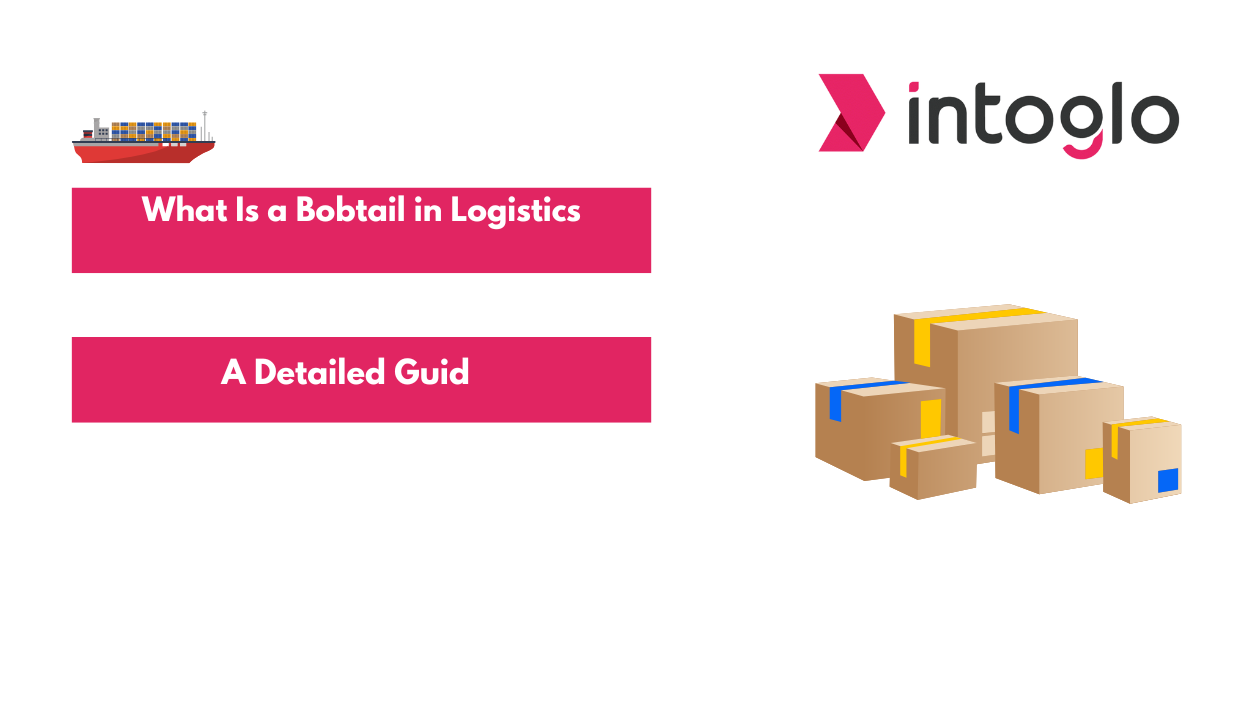
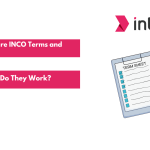
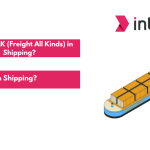
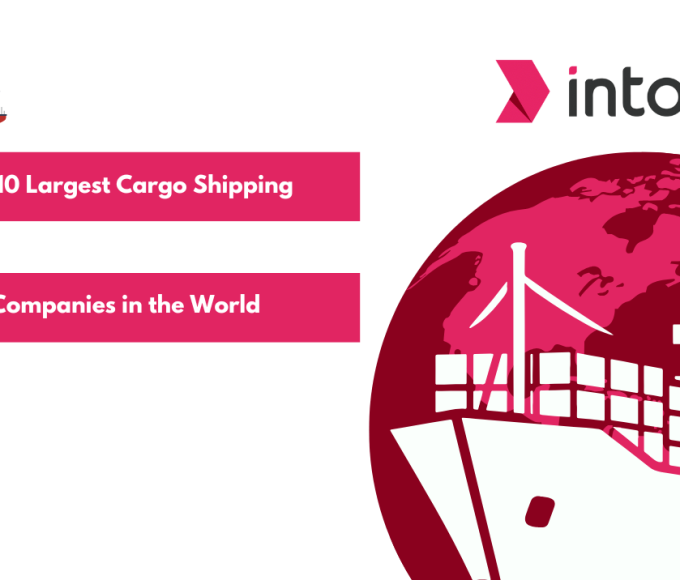
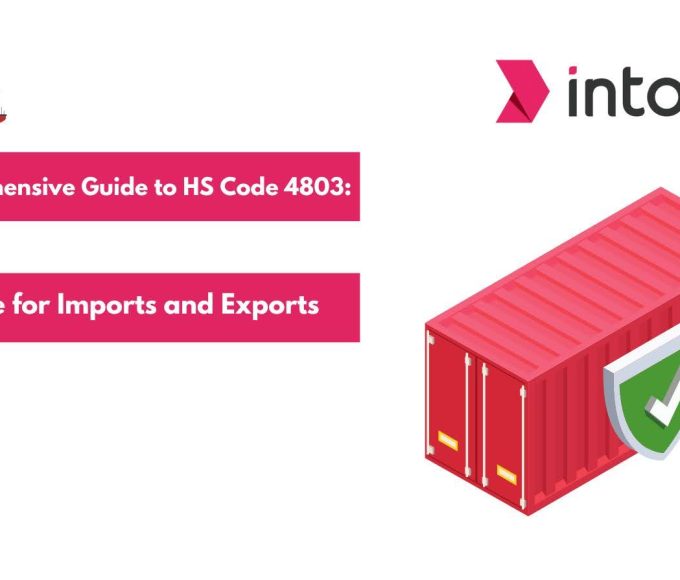
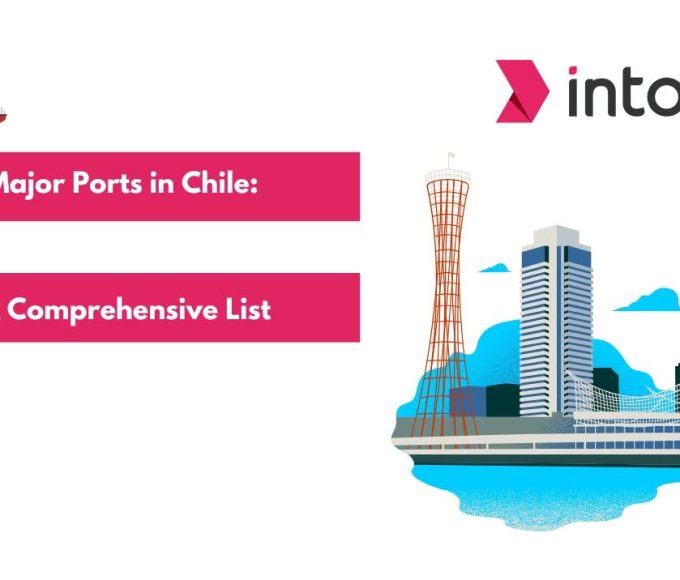
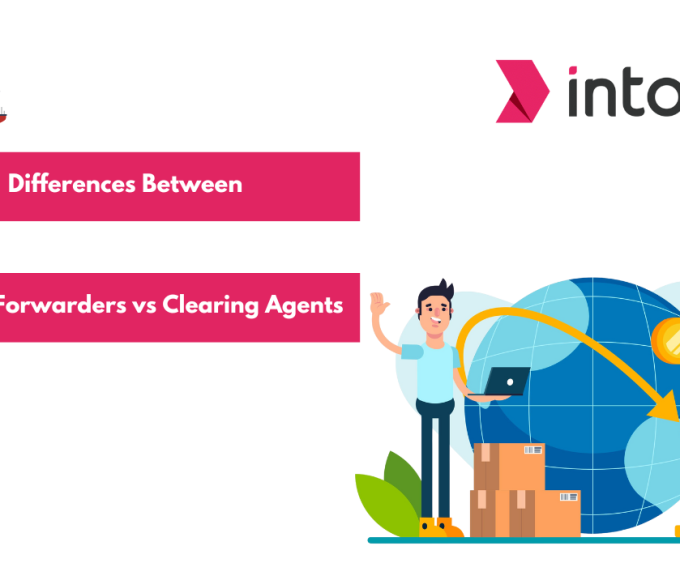
Leave a comment